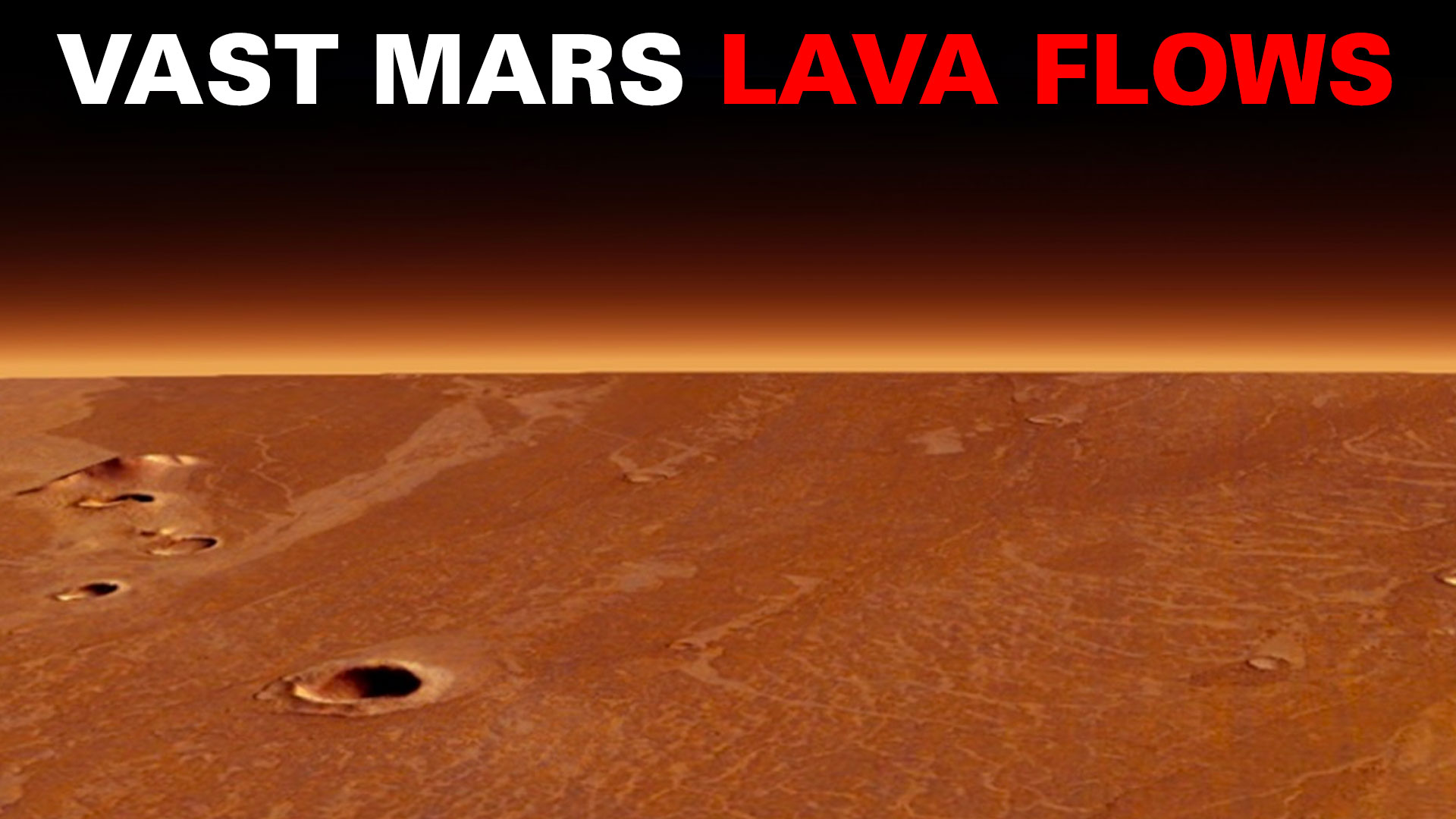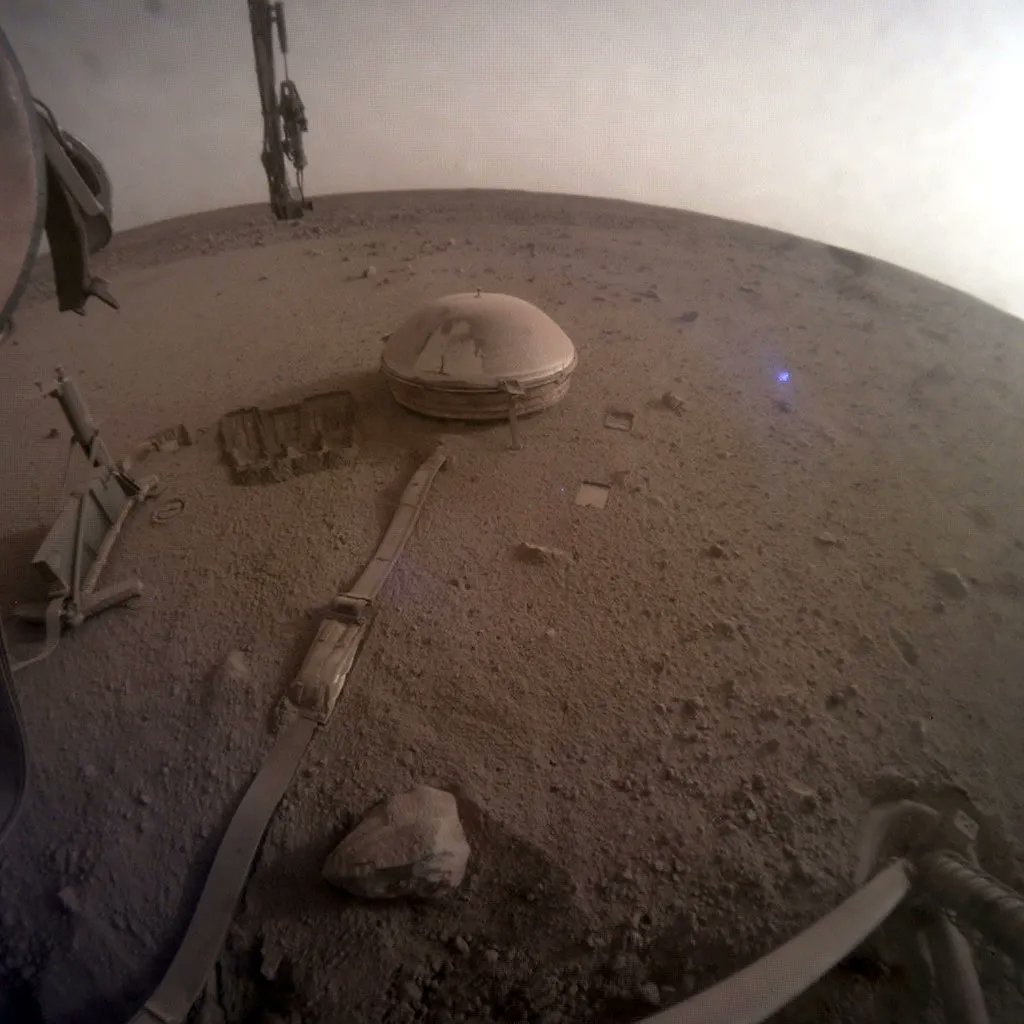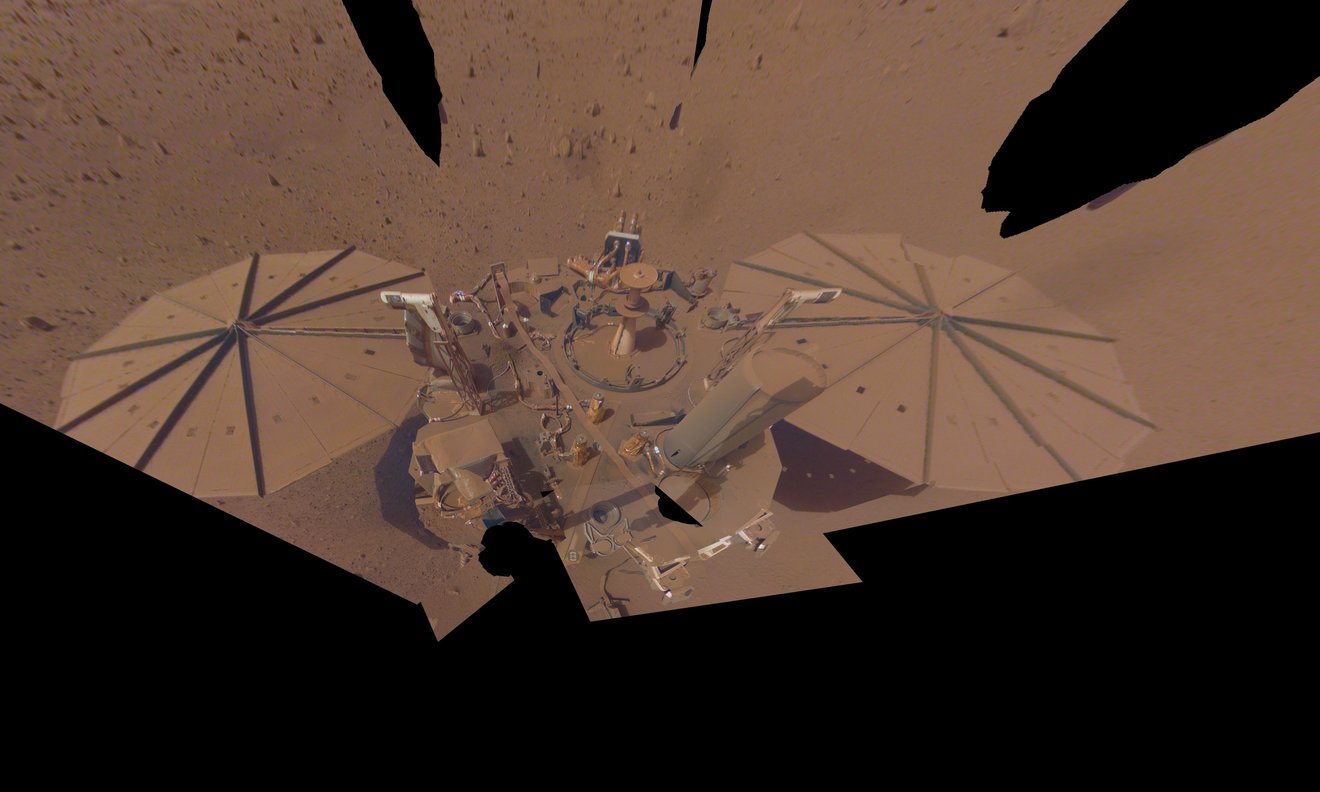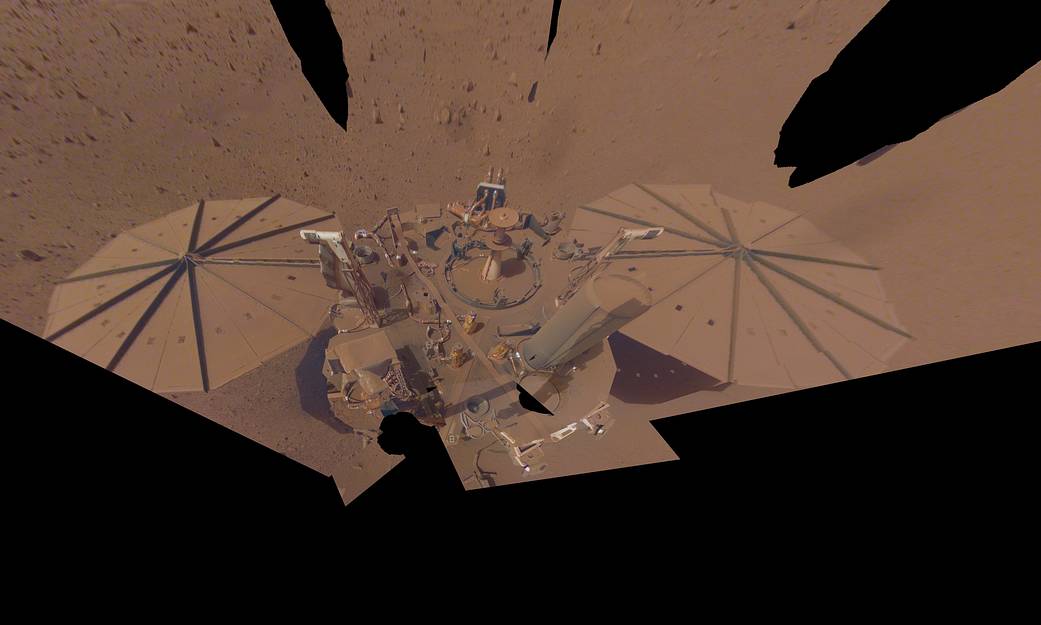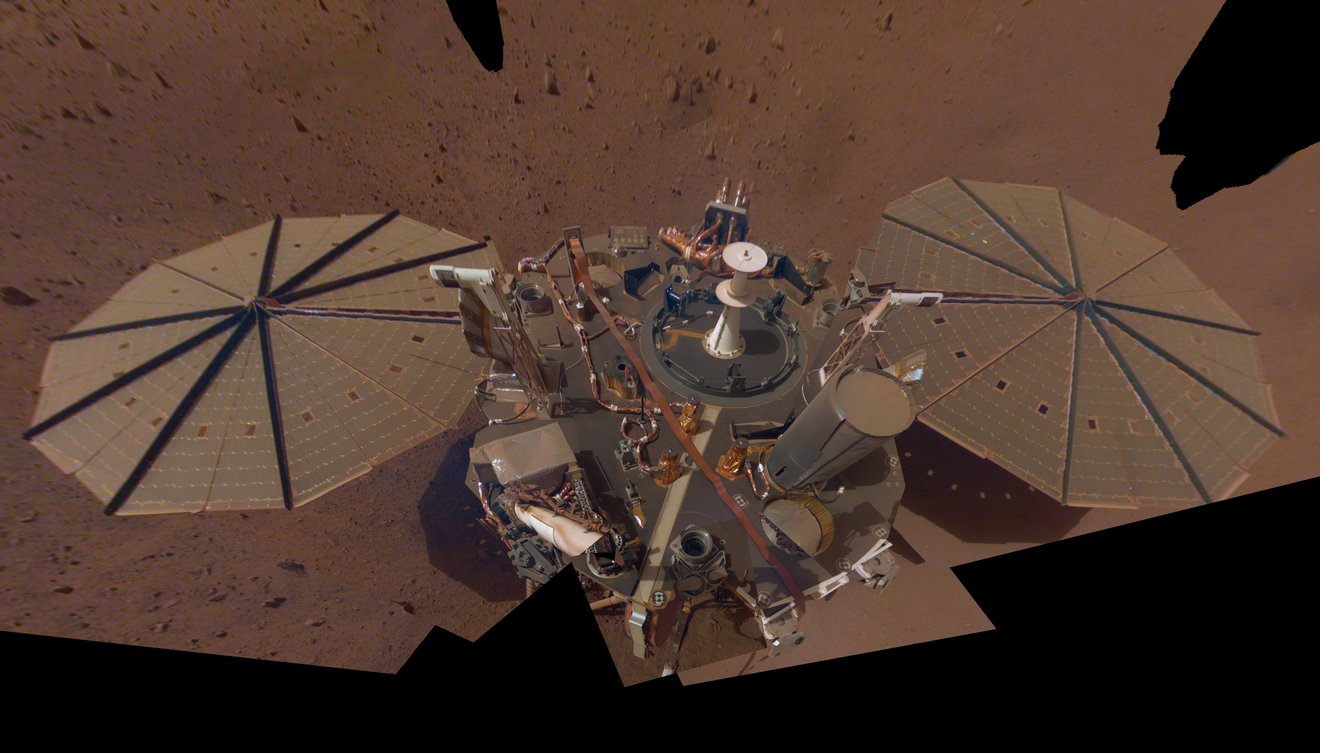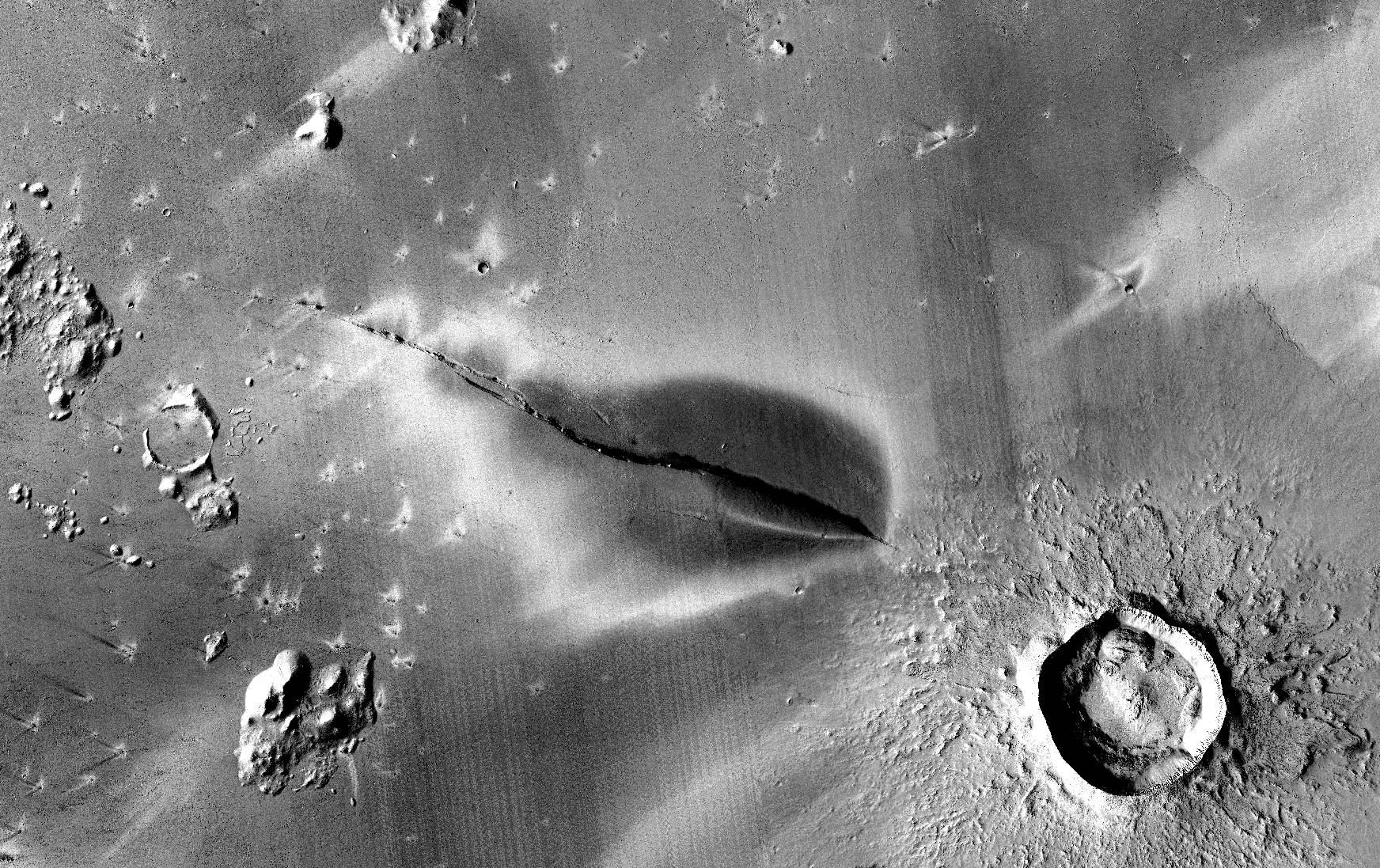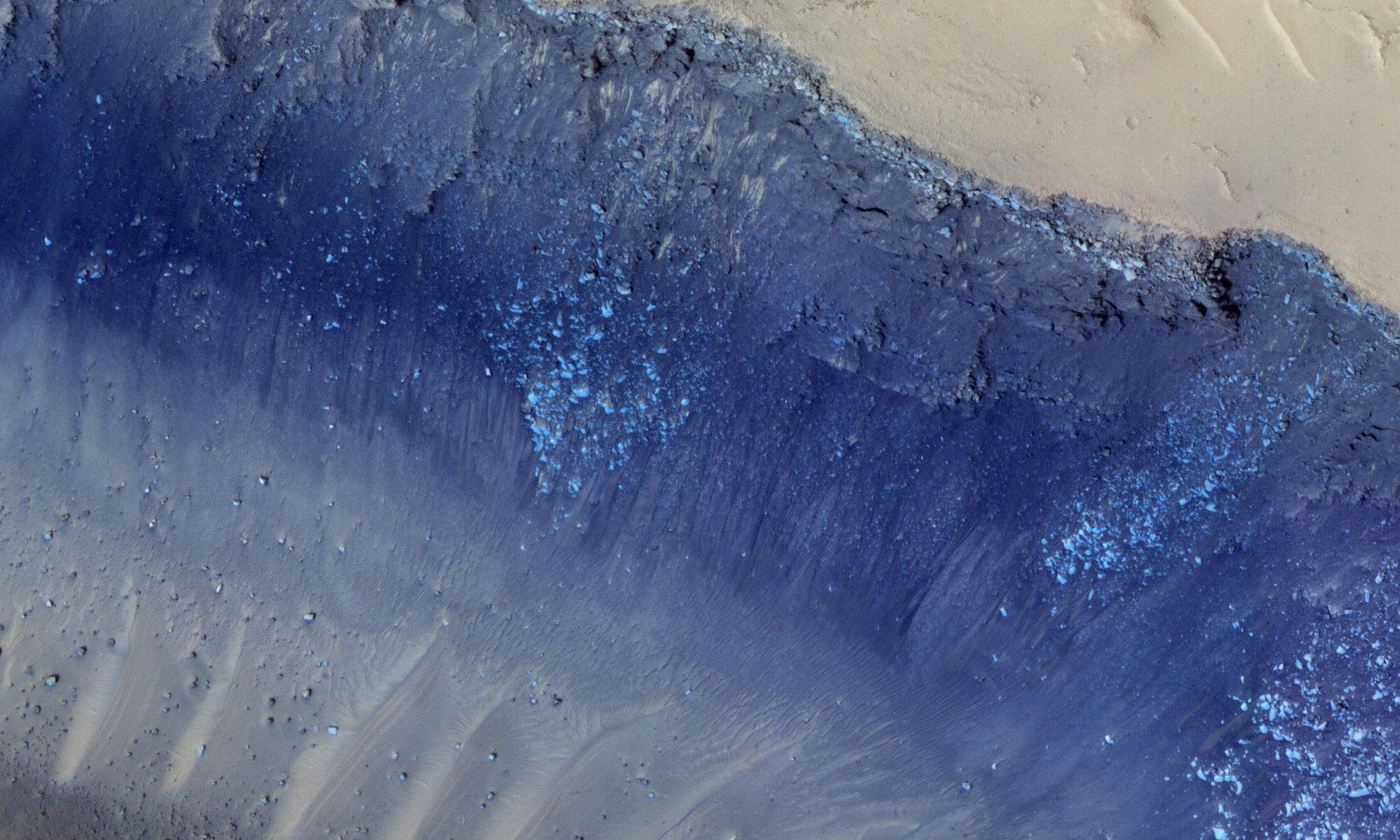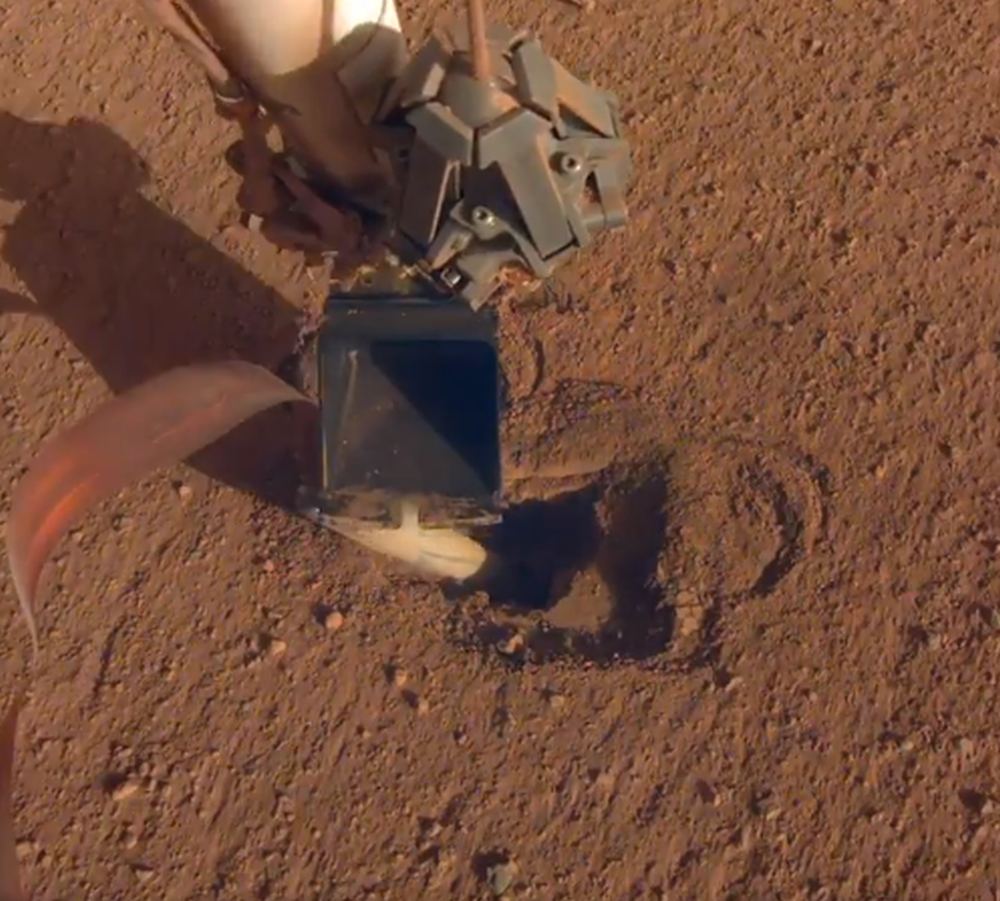Mars is well-known for its dust storms, which occur every Martian year during summer in the southern hemisphere. Every three Martian years (five and a half Earth years), these storms grow so large that they are visible from Earth and will engulf the entire planet for months. These storms pose a significant threat to robotic missions, generating electrostatic charges that can interfere with their electronics or cause dust to build up on their solar panels, preventing them from drawing enough power to remain operational.
While scientists have studied these storms for decades, the precise mechanisms that trigger them have remained the subject of debate. In a new study, a team of planetary scientists at the University of Colorado Boulder (CU Boulder) has provided new insight into the factors involved. According to their findings, relatively warm and sunny days may kick off the largest storms every few years. These could be the first step toward forecasting extreme weather on Mars, which is vital for future crewed missions to Mars.
Continue reading “New Study Explains How Mars Dust Storms Can Engulf the Planet”

